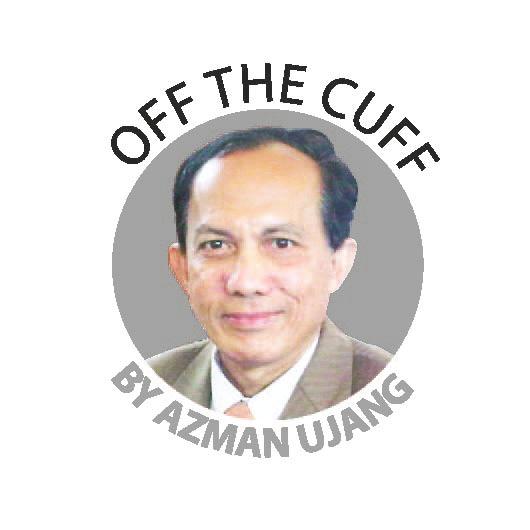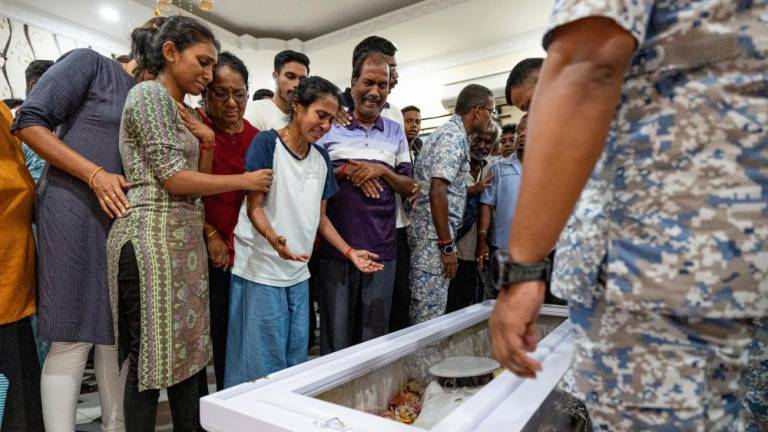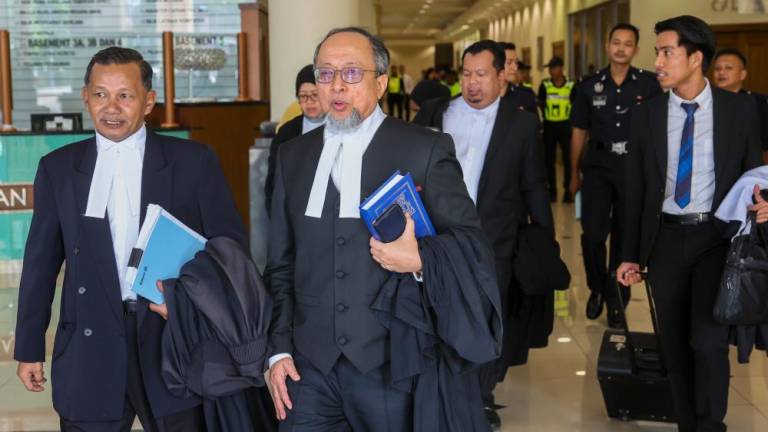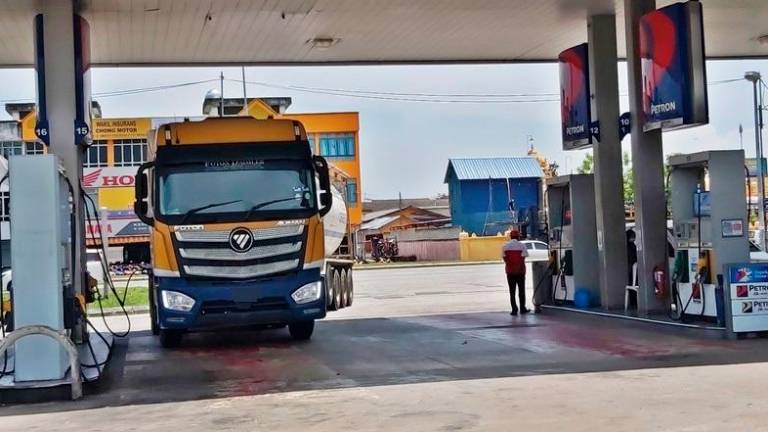IN just any given 10-year period in the recent past over 40,000 people have died from motorcycle-related crashes in the country.
Multiply that by twice or thrice, imagine how many lives, mostly among the youth age group, the nation has lost in terms of human resource not to mention tens of billions in economic and financial terms?
Despite such massive and even unquantifiable losses, there has not been any integrated or holistic plan being rolled out all these years to rein in these man-made tragedies.
It is not that nothing is done on the research front to dig into the causes on why this road carnage keeps rearing its head.
We are one of a few or even the only country that has dedicated institutions like the Malaysian Institute of Road Safety Research (Miros) and an implementing entity - the Road Safety Department, better known as JKJR.
Do we really need any more extensive or expensive research on how to curb the exponential growth in death toll among motorcyclists and/or pillion riders?
By the same token, motorcycling safety activists have a big question to ask the JKJR: how effective has it been in performing its mandate on road safety which at the end of the line, is to prevent these all too rampant road crashes?
A recent announcement that JKJR has merged with the Road Transport Department, or JPJ, instead of being a separate body is quite thought-provoking although no specific reason was given for the move.
To answer the above question, I for one don’t think that any new findings would be forthcoming by further research when it comes to nailing down the crux of Malaysia’s road deaths, with over 65% due to motorcycle crashes.
As is so often highlighted in this column over the years, what is most glaring in the Malaysian motorcycling culture is the heavy semblance of “lawlessness” or disregard for road safety among many motorcyclists.
Having said that, kudos to riders who are always safety-conscious by keeping to the left lanes and don’t speed.
Anyone of us who’s been to other countries that have a large motorcycle population like us, especially China, would feel this “culture shock” looking at the stark contrast in their riding culture.
Apart from speeding, where else can we see, but in Malaysia, the beating of red lights at traffic junctions and daredevil riders or Mat Rempit?
This blatant disregard for basic traffic laws goes on unabated despite millions of traffic summonses issued by the police to motorcyclists annually.
At the coming Parliament sitting starting next week, a tougher drink-driving law that includes jail sentence will be presented.
Isn’t it time also to have a similarly deterrent sentence on Mat Rempits? Such a law would actually give them a second chance at life by spending time in prison instead of being dead on the road.
If you ask any traffic policeman why so many motorcyclists get killed, the common answer is due to speeding and their weaving in and out as if competing for space with cars and other heavy vehicles on the main roads.
Be that as it may, isn’t it not common sense that the most effective way to curb, or even prevent fatal crashes, is by way of a two-pronged strategy, special or motorcycle-only lanes and a lower speed limit for the two-wheelers to put an end to their riding at whatever speed they fancy all this while.
The big question is, will this twin strategy ever get implemented?
Or is there anyone from among the powers that be dealing with road and highway management at the district, municipal, state and federal levels starting to look at this issue seriously?
In this regard, prominent social activist Tan Sri Lee Lam Thye recently called for a special task force to be set up to curb the alarming death toll from motorcycle crashes.
When you think of the more than 4,000 who perished year-in and year-out, it’s equally gruesome if we take into account the tens of thousands who are physically-disabled for life from among those seriously injured.
Think of them as family breadwinners, too, who lost their means of earning a living for thousands of families.
On this score, I am most encouraged by a remark from Miros chairman Datuk Suret Singh that he is making a strong pitch to the government to roll out special motorcycle lanes under the 12th Malaysia Plan which begins next year.
Anyone who has read Suret’s recent comment on Twitter about motorcycle lanes is jolted as to how thousands of lives could have been saved if only our motorcyclists have had such lanes all over the country.
According to this veteran road safety advocate, the highest number of deaths in a year from crashes on the Kuala Lumpur-Klang exclusive motorcycle lanes along the Federal Highway is only two.
And even more startling is his revelation that in the past 20 years, there had been mostly zero deaths on this stretch flanking both sides of the highway.
Imagine the thousands of lives saved over the 20-year existence of these lanes given the fact that the Federal Highway is undoubtedly our busiest expressway.
For this we must pay the highest tribute to the brainchild behind the Federal Highway motorcycle lanes.
Prof Datuk Dr Radin Umar Radin Suhadi championed the idea for the special lanes while he was Dean of Engineering Faculty of University Putra Malaysia. He later became its vice-chancellor.
And when Miros was formed in 2007, he was handpicked by the then transport minister Datuk Seri Chan Kong Choy as its first director-general.
“I was his sparring partner in road safety. He left us so early. Dearly missed by all road safety enthusiasts and activists,” Suret told me. Radin Umar died in 2013 at the age of 53.
When I first wrote about these special motorcycle lanes in a previous column, I received a heart-warming reaction from a former top executive of Tenaga Nasional Berhad (TNB), our largest government-linked company.
“I have always wondered who started the idea of having motorcycle lanes at the Federal Hgjhway, then followed by other highways and expressways. He/she should be awarded the highest country honour and named Man/Woman of the Century. Because the idea saved thousands of lives, limbs and working manhours,” he told me over WhatsApp.
After I did some research and found out that the lanes were Radin Umar’s advocacy, the former TNB executive said: “I wonder whether any national honour can be conferred on him posthumously.”
I am of the view that as a tribute to Radin Umar’s legacy, such dedicated lanes should be a common feature moving forward if we are to once and for all curb motorcycle-related deaths.
Just mark my word, if this is done we will see a sharp drop in these meaningless and preventable deaths.
The target is not wishful thinking or day dreaming. It is achievement and most of all, doable. It’s a no brainer but just common sense and, of course, on the part of the powers that be, the political will to do it.
When it comes to saving lives potentially by the thousands political will should not be the issue.
It’s whether we want to do it or not, that’s the issue.
Comments: letters@thesundaily.com











